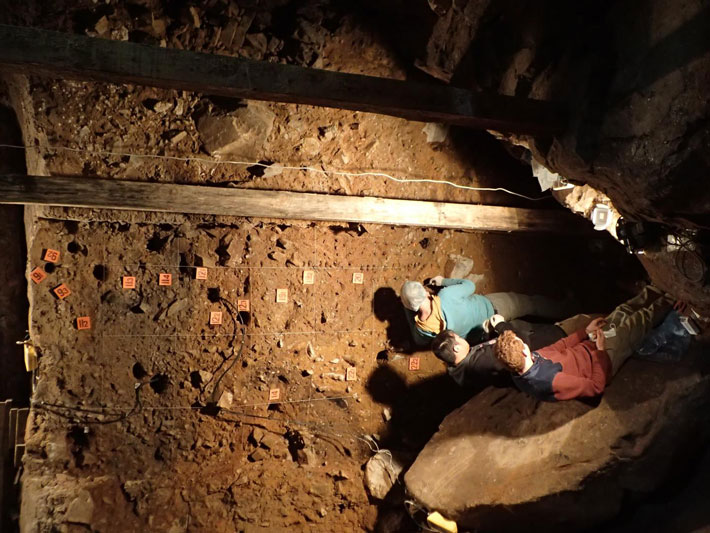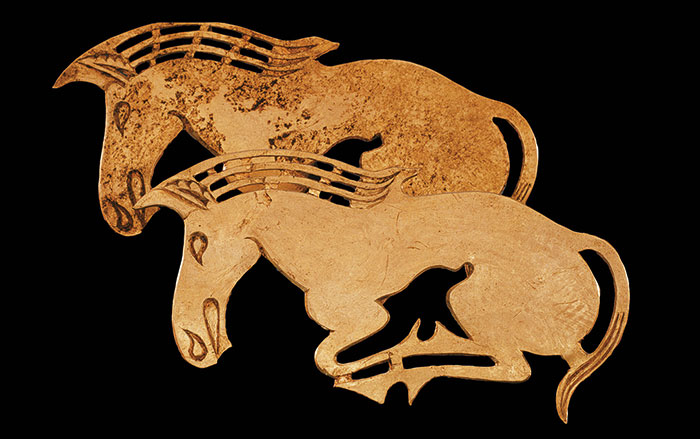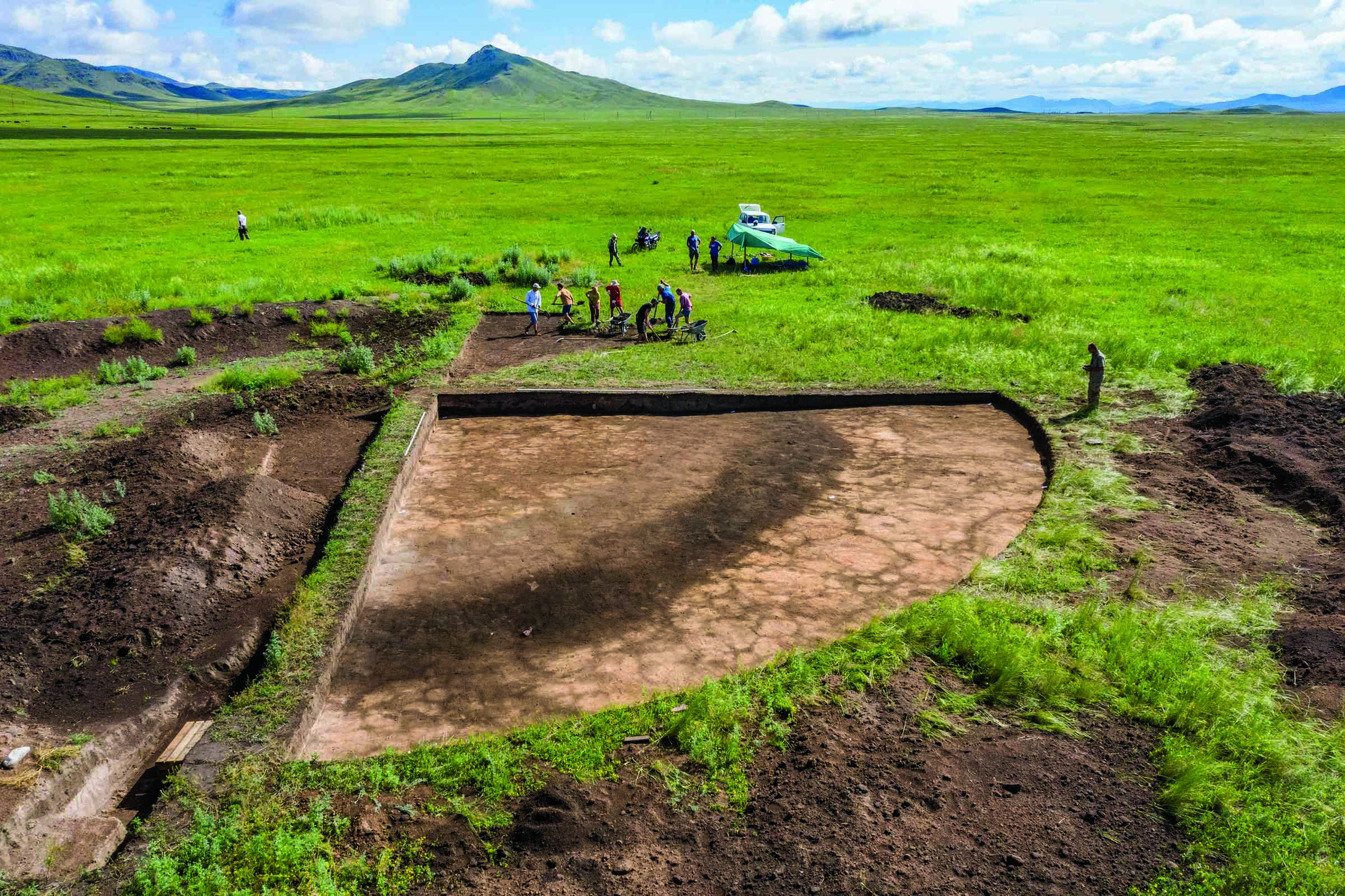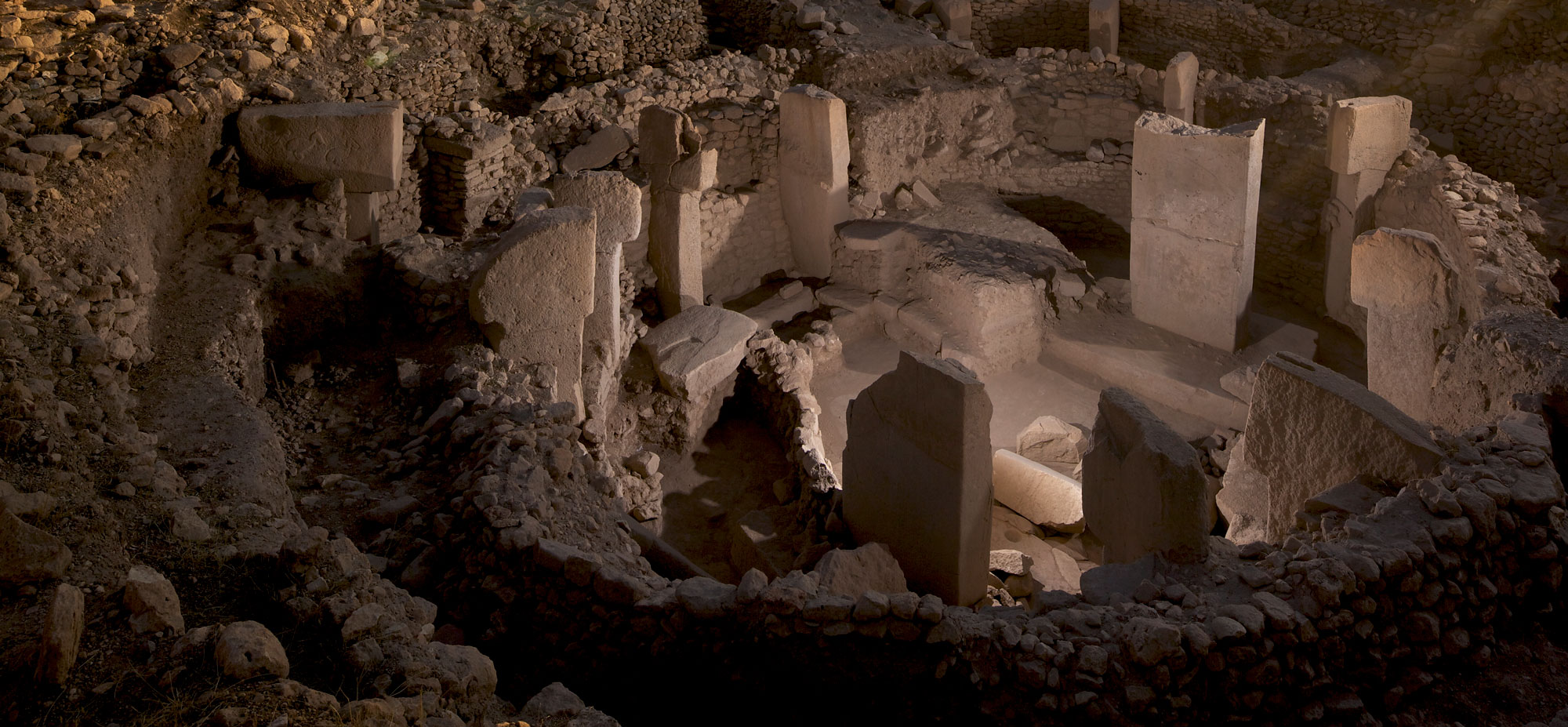
LEIPZIG, GERMANY—Science Magazine reports that analysis of more than 700 soil samples from Siberia’s Denisova Cave has detected traces of modern human DNA, which suggests that modern humans may have occupied the cave alongside Denisovans and Neanderthals. Earlier research at the site has recovered a Denisovan finger bone, three Neanderthal bones, and the remains of a child who had one Neanderthal and one Denisovan parent. Elena Zavala of the Max Planck Institute for Evolutionary Anthropology and her colleagues said the Denisovans first lived in the cave some 300,000 years ago, then disappeared from the record about 130,000 years ago. Then, about 100,000 years ago, another group of Denisovans occupied the cave. Meanwhile, Neanderthals first occupied the cave about 170,000 years ago, and continued to use it at different times that appear to have occasionally overlapped with the presence of Denisovans. The earliest evidence for the presence of modern humans in the cave has been found in a soil layer dated to 45,000 years ago. Neanderthal and Denisovan DNA has also been detected in this layer. “The time periods [of each layer] are quite large, so we can’t concretely say if they overlapped or not,” Zavala explained. DNA from hyenas and bears was also found. For more on genetic analysis on remains from the cave, go to "Denisovan DNA."










